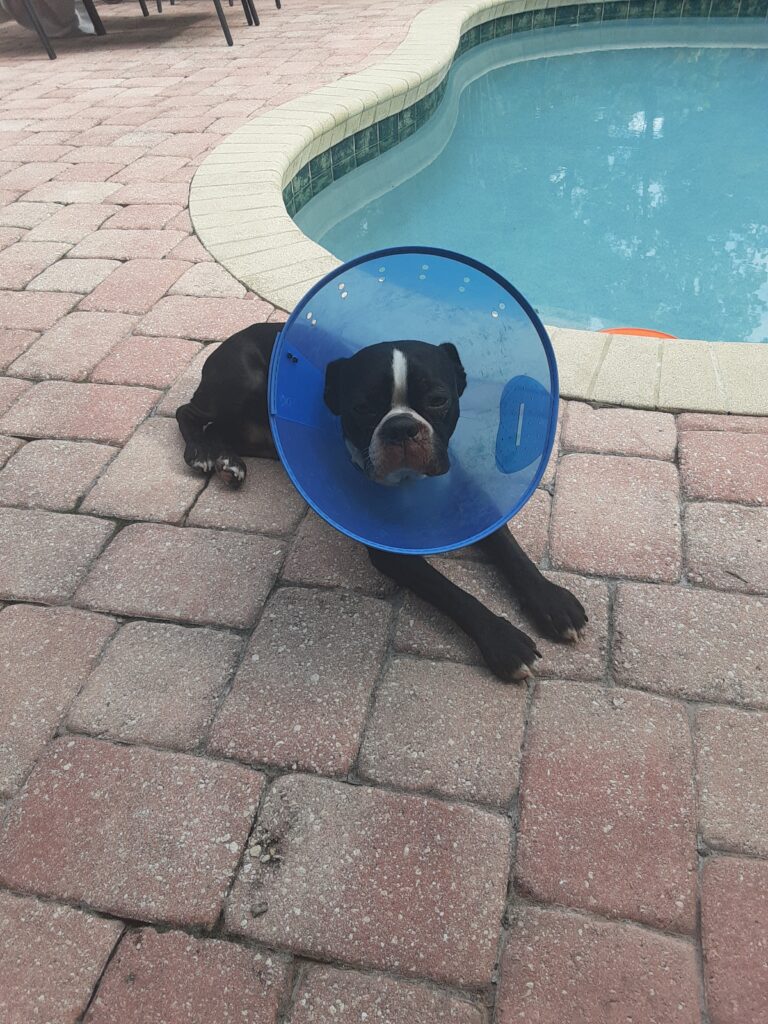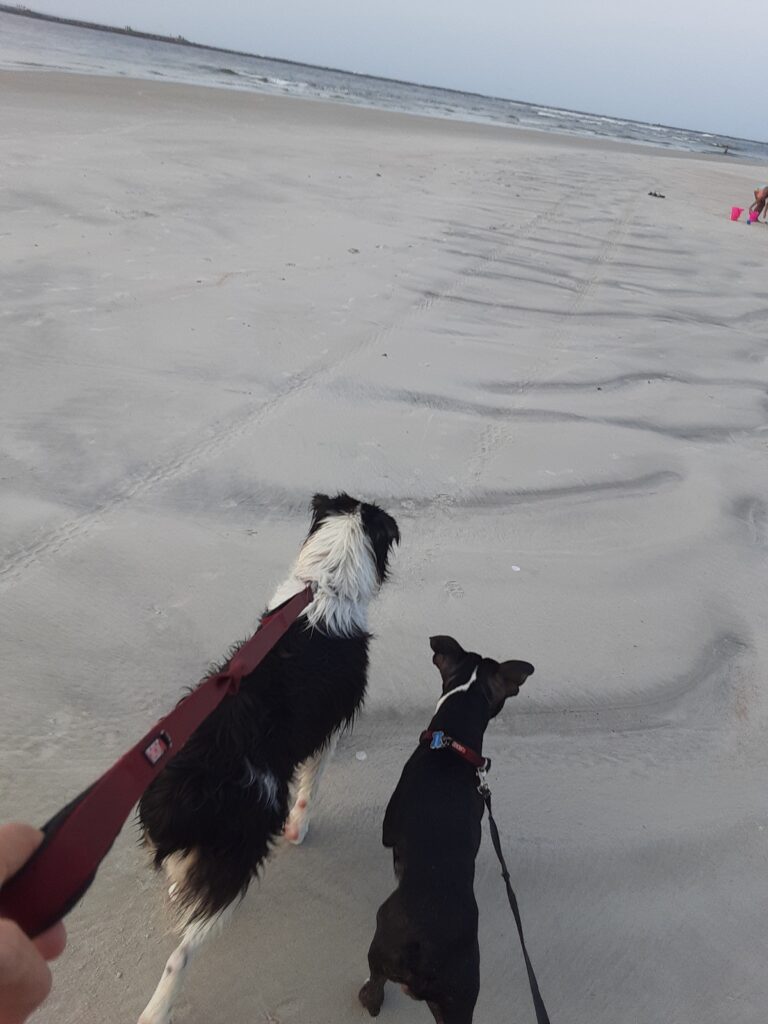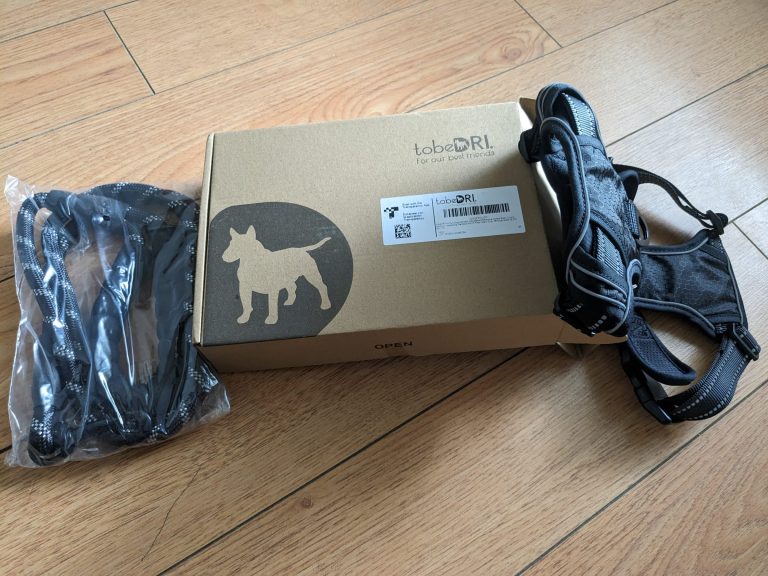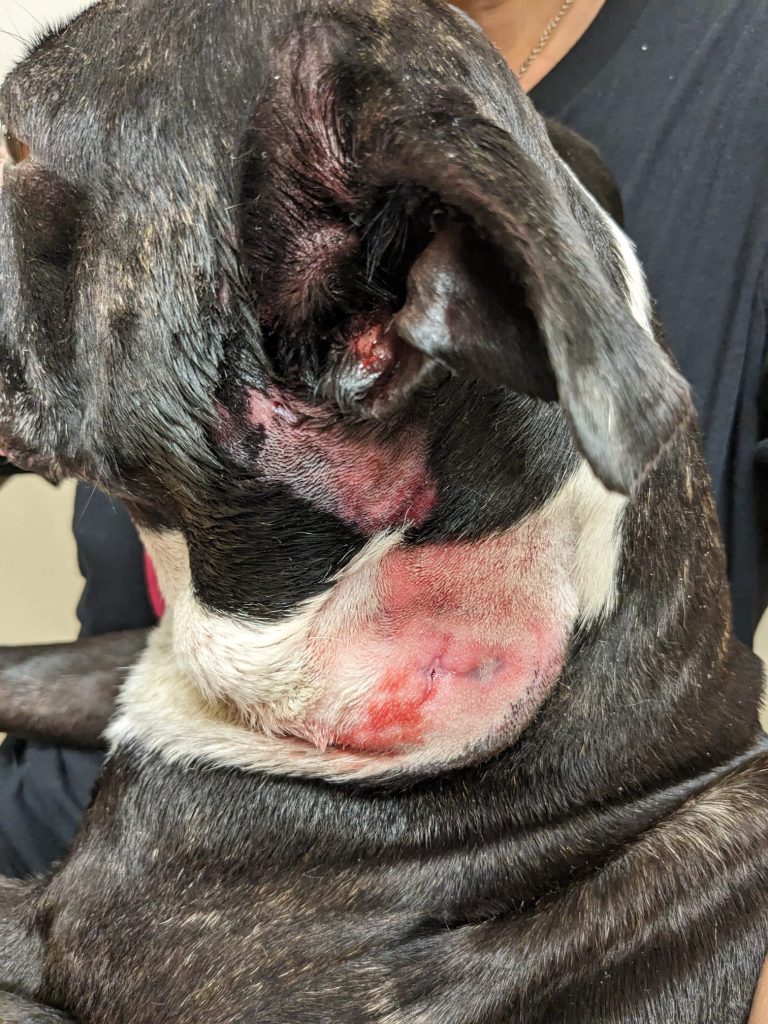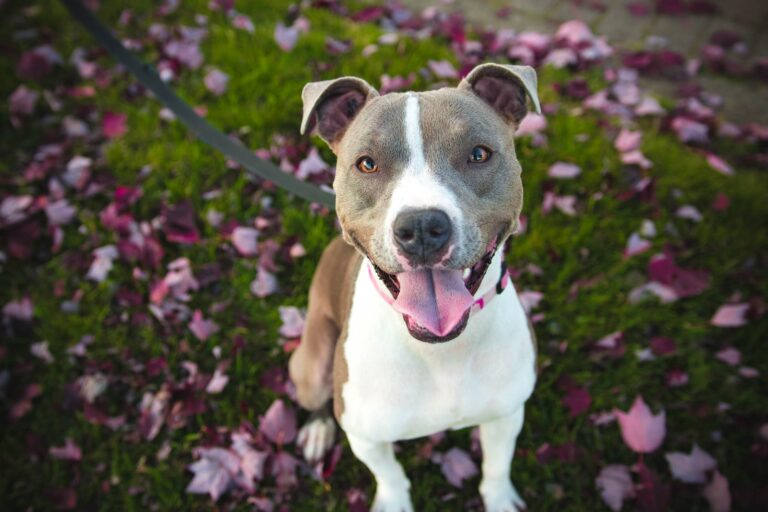Addressing aggression in dogs: What you need to know
Dogs are known for their loyalty, playfulness, and affectionate nature. However, sometimes they can display aggressive behavior that can be concerning to pet owners. Addressing aggression in dogs is crucial to ensure the safety of both your furry friend and those around them.
In this blog post, we’ll dive into everything you need to know about dog aggression: from identifying the causes of aggression to effective training techniques and much more! Whether you’re a new pet owner or a seasoned one, keep reading to learn how you can help your pup overcome their aggressive tendencies so that they can live their best life.
What is aggression?
Aggression is a behavior exhibited by an animal in response to feeling threatened or angry. In most cases, aggression is directed towards individuals or objects that are perceived as being harmful or threatening. Aggression can manifest itself in a variety of ways, including growling, barking, lunging, biting, and scratching.
There are several factors that can contribute to aggression in dogs, including genetics, environment, and temperament. Some dogs are more prone to exhibiting aggressive behaviors than others; however, there is no one “cause” of aggression. Instead, aggression tends to be a product of several underlying factors.
One of the most important things you can do to help prevent your dog from becoming aggressive is to create a positive environment for them. This means providing them with plenty of exercise and stimulation (both mental and physical), ensuring they have access to clean water and food , and providing them with plenty of love and attention .
If you see signs of your dog becoming aggressive—such as growling or displaying other aggressive behavior—do not wait until it has escalated into a full-blown attack; take action immediately!
There are many resources available online that will provide you with more information about addressing aggression in dogs. Be sure to consult with your vet if you have any questions about how to best handle the situation!
Types of aggression in dogs
There are a few different types of aggression in dogs. The most common type is when a dog becomes aroused and snaps at someone, usually another dog or human. This can be due to anything from being scared or startled to being provoked.
Another type of aggression occurs when dogs become territorial and aggressive towards their own space or other animals nearby. They may bark, lunge, or growl at people or other animals who enter their territory without permission.
Some dogs develop aggressive behavior as a result of psychological problems, such as anxiety or depression. These dogs may display excessive biting, barking, whining, or jumping.
Causes of aggression in dogs
There are a number of causes of aggression in dogs, and while it’s not always easy to determine the root cause, early detection and treatment can help prevent further problems. Here are some of the more common causes:
- Separation Anxiety: Dogs who are anxious or fearful when separated from their owners may become aggressive when frustrated. If you suspect your dog suffers from separation anxiety, try providing structured activities to occupy him during times apart from you, such as playing fetch or going for a walk nearby. If that doesn’t work, consider adopting a dog who is less reactive to separation anxiety.
- Dominance issues: Some dogs feel need to assert dominance over others in order to feel safe and secure. This can manifest as aggression towards people or other animals, but it can also occur in less dramatic ways, such as snapping at guests or chewing on furniture. If you think your dog may be struggling with dominance issues, consult with a qualified professional to get tips on how to address the issue safely and effectively.
- Fearfulness: Many dogs become aggressive when they’re feeling overwhelmed by fear or anxiety – especially if they’ve been subjected to repeated incidents of violence or cruelty in their past. In order to Identify and treat fearfulness appropriately, often called ” Shy Dog Syndrome ,” your vet will perform a series of tests designed to measure your dog’s level of stress-related behavior (such as panting rates and avoidance behaviors). Once diagnosed, treatment typically includes various forms of behavioral therapy and medication, as well as close supervision.
- Lack of exercise: Dogs who don’t get enough exercise may become agitated and aggressive when left alone, leading to destructive behaviors such as chewing on furniture or doors. Make sure your dog gets regular walks and runs to help keep his energy level up and prevent aggression from developing.
- Poor nutrition: Dogs who aren’t given the proper balanced diet may become aggressive due to a lack of nutrients or vitamins. This can result in aggression towards people or other animals, as well as increased levels of anxiety and stress. If you suspect your dog is struggling with poor nutrition, consult with a veterinarian to get started on a diet that will provide the best possible care for him.

How to recognize aggression in your dog
Aggression in dogs can be a problem if not addressed early on. Recognizing the signs of aggression in your dog is important so that you can take the appropriate steps to address the issue. Here are some tips to help you identify aggression in your pet:
- Watch for changes in behavior. If your dog starts to become more aggressive, become aware of what is triggering this behavior. This could include other pets or people coming into the home, sudden changes in routine, or new foods being introduced into their diet. Pay close attention to what kind of reaction your dog has to these events – is he becoming agitated and vocal? Is he displaying any physical signs such as growling, biting, or limping?
- Observe your dog’s interactions with others. Are they always getting along peacefully? If not, watch how they interact with other animals and people around them. Chances are good that if there is an issue between your dog and another pet or person, it will also be exhibited towards you as well. Be observant and watch for any unusual behaviors such as digging at another animal aggressively or chasing after people relentlessly.
- Check for clues around the home. Are there certain areas of the home that seem to cause problems for your dog? These could be places where there are lots of different smells (like chemicals), high levels of noise (like a vacuum cleaner), or bright lights (like a porch light). Try changing one of these triggers and
Solutions to addressing aggression in your dog
Aggression is a common problem in dogs, and it can be difficult to address. Here are some Solutions to addressing aggression in your dog:
- Get to the root of the problem. The first step is figuring out what’s causing the aggression. Is your dog reacting out of fear or anger? Is there something triggering the behavior? Are you attributing your dog’s aggressive behavior to things that aren’t actually causing it, like being left alone? Once you know the root of the problem, you can start working on addressing it.
- Provide appropriate stimulation and training. If your dog is reacting out of fear or anger, providing appropriate stimulation and training can help calm them down. This might include things like obedience training, targeting behaviors (like hand-feeding), playing games that involve positive reinforcement (like fetch), or using positive reinforcement as a form of punishment (like taking away privileges). Be sure to read your dog’s cues carefully – if their reaction seems milder when they’re not being rewarded for aggressive behavior, try using small rewards instead.
- Use positive reinforcement techniques. Some people find that using positive reinforcement techniques works better than others for addressing aggression in their dogs – it all depends on the individual dog and what works best for them. Some common techniques include giving treats for good behavior, praising your dog constantly, and playing games that reward good behavior with toys or treats instead of points or prizes. Again, make sure to read your dog’s signals carefully
Conclusion
There is no single answer to addressing aggression in dogs, as the root cause may vary depending on the specific situation. However, there are some key points that need to be considered if you want to help your dog overcome aggressive behavior.
First and foremost, it’s important to understand that aggression is a result of fear and frustration – when these emotions are not addressed and dealt with, they will eventually lead to violence. It’s also essential to keep in mind that not all aggressions are caused by bad training techniques or poor socialization; sometimes dogs simply react instinctively when they feel threatened or upset.
Finally, always remember that while punishment may temporarily stop an attack from continuing, it won’taddress the underlying issue – which is why professional help is often required in order for a dog’saggressive behaviorto be permanently cured.


